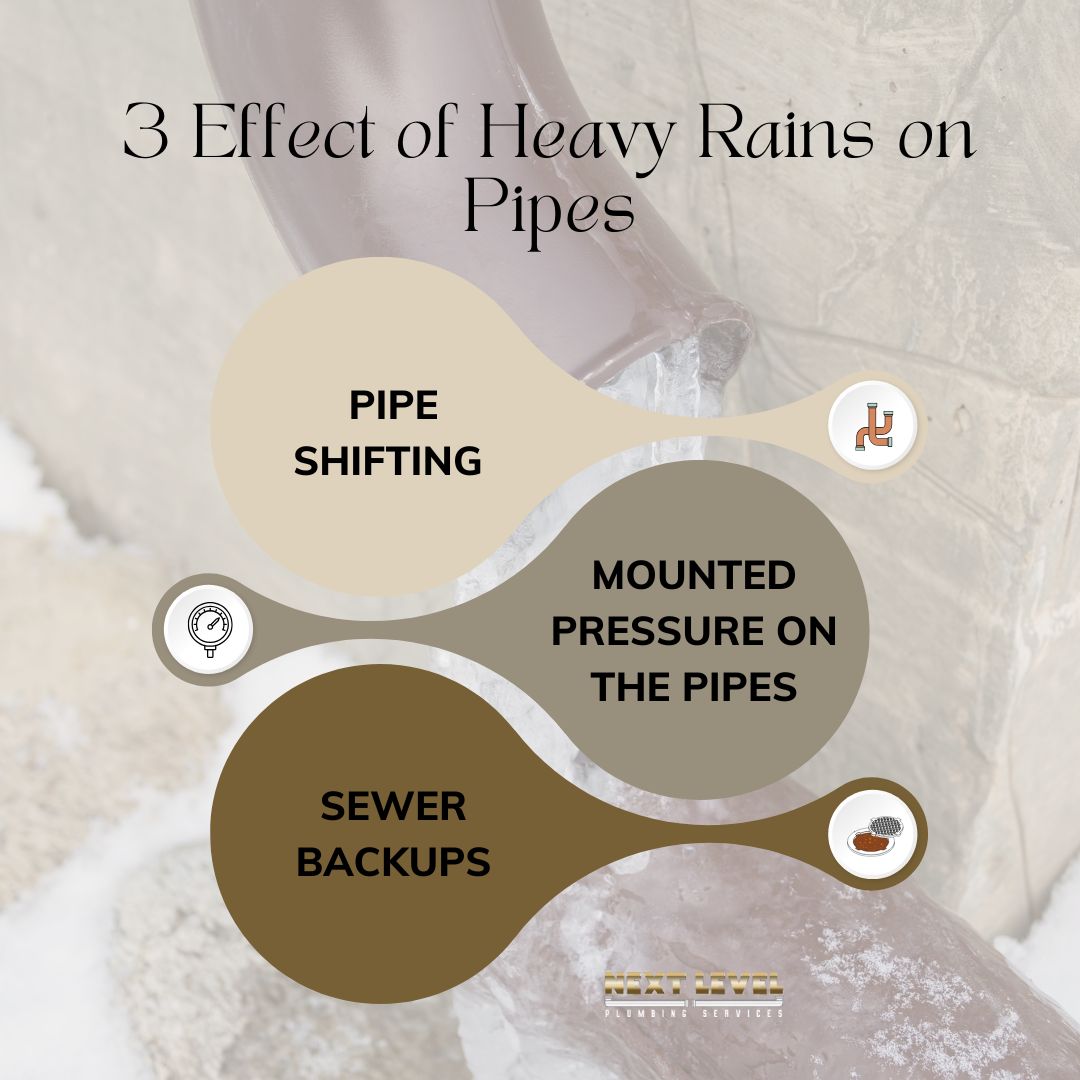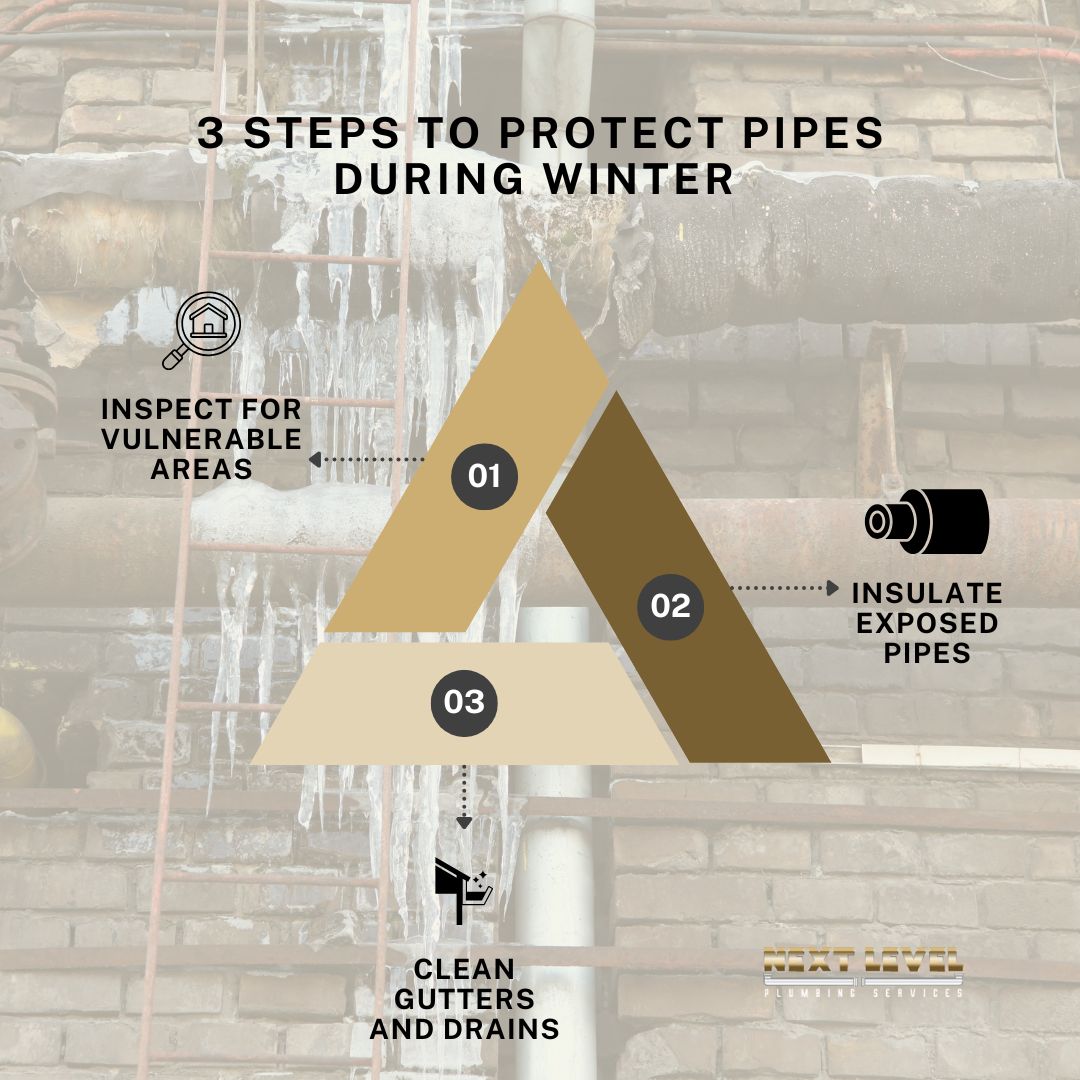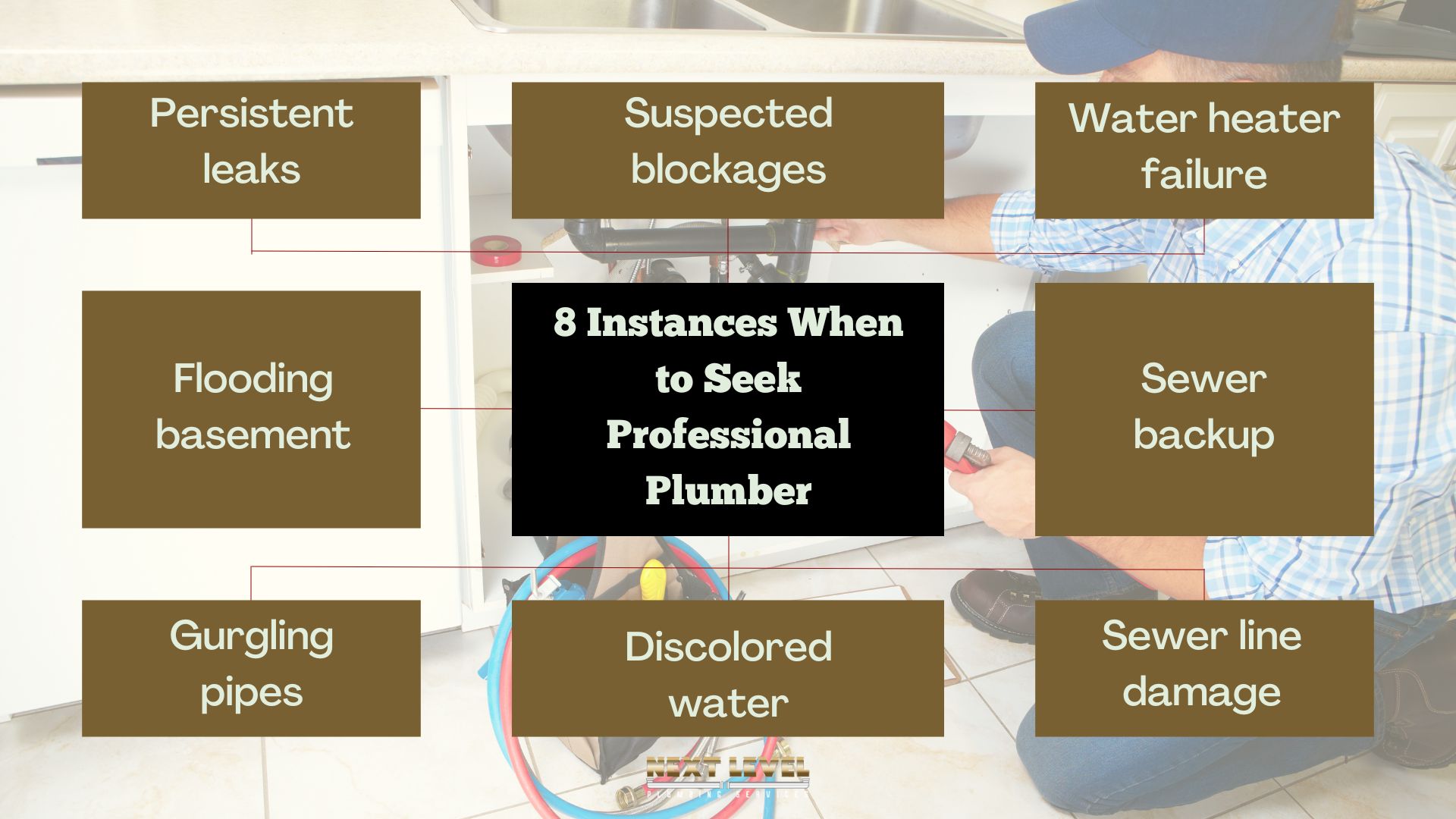Winter is always exciting in the Bay Area. Unlike most places, the mild temperatures present ideal conditions for growing vegetables and planting trees. The waters are also calmer and clearer for water-bound activities like sailing and boating.
Unfortunately, the conditions aren’t the most friendly for pipes. Excessive exposure to the wet and windy conditions could damage vulnerable pipes. Then, how do you protect pipes during winter?
Table of Contents
- Understanding Bay Area Winter Conditions
- Essential Steps to Protect Pipes
- When to Seek Professional Help
Understanding Bay Area Winter Conditions
The Bay Area relishes the Mediterranean climate, with mild and wet winters. In the winter, day temperatures are between the mid-50s and mid-60s (in degrees Fahrenheit), and night temperatures rarely exceed the 40s.
However, there are times when the Bay Area experiences’ Karl the Fog,’ a condition of dense fog and low temperatures (up to 20 degrees or even lower). It gets extra wet and freezing cold, and the conditions are unfriendly to pipes.
You also have to remember that it rains heavily in the winter, and this is when the strongest winds hit the Bay Area. Heavy rains and gusty winds have adverse effects on the pipes, necessitating the need for winter plumbing care.
Impact of Heavy Rains on Pipes
During the winter, the Bay Area experiences an average rainfall of 3.2 – 3.6 inches between November and March. Sometimes, the region experiences rainfalls of up to 6.5 – 6.7 inches. The issue with such high rain is that it saturates the ground, which affects plumbing systems.
Here are the possible effects of heavy winter rainfall on plumbing.

1. Pipe Shifting
Heavy rains soften the ground and expose the underground pipes. The pipes are likely to shift, and the effects of that include leakage and possible obstruction by intruding roots. Significant pipe displacement can cause structural damage, such as foundation cracks.
2. Mounted Pressure on the Pipes
As rainwater saturates the ground, the soil becomes too heavy and forces its extra weight on the exposed pipes. Sometimes, the additional pressure may be too much for the pipes, resulting in breakage and uncontrolled leaks.
3. Sewer Backups
As the flood gates open, the sewer lines fill up much quicker with water, sometimes leading to blockage from debris buildup and pipe shifting. Ultimately, the sewer water may back up, resulting in a foul odor.
Impact of ‘Freezing Conditions’ on Pipes
Due to the mild winter in the Bay Area, freezing conditions aren’t too common. However, they can happen and affect your plumbing system. Generally, water expands when it gets colder. The more freezing the conditions, the higher the expansion rate.
Here are the effects of the freezing conditions on your pipes.
1. Frozen Pipes

During the freezing winter, exposed pipes may snap and burst from the expanding water. This is quite common in uninsulated spots like crawl spaces, exterior walls, garages, and basements, which need protecting pipes from damage.
2. Water Leaks
Frozen pipes are likely to crack or even rupture. Once that happens, water may leak, sometimes flooding the basement and damaging the walls.
3. Drain Obstruction
Oil and melted fat solidify much faster when poured down the drains in freezing conditions. Combined with the frozen water, they could quickly clog the drains.
4. Damaged Water Heater
Your water heater is forced to work extra hard in the winter to match the demand, which may cause it to break down. Ultimately, the heater may start to leak or may fail to work completely.
Effects of Strong Winds on Pipes
The strongest winds in the Bay Area happen in the winter. During such times, the wind speeds average the highs of 50-60 mph when it’s usually 20-30 mph. Unfortunately, gusty winds damage the pipes, which are as follows.
- Clogged drains: Powerful winds can shift the solid and blow debris into the pipes, clogging them.
- Pipe displacement: Strong winds will often displace exposed pipes, and the effect of that includes leaks and backflows.
- Pipe damage: Strong winds may shift the pipes, causing cracking and breaking. In the long run, this can translate to expensive replacement costs.
- Increased pipe freezing: As the wind gets stronger, water inside the pipes cools and freezes much faster, which may result in the pipes freezing and snapping.
Essential Steps to Protect Pipes During Winter
Here are three steps to help protect pipes during winter:

Step 1: Inspect for Vulnerable Areas
Start to inspect pipes for winter damage by examining the outdoor pipes and connectors for wear and tear. These are signs that the pipes cannot bear the effects of the winter and need replacing. Inspect for leaks in exposed and poorly insulated areas such as crawl spaces, garages, basement, and outdoor walls.
Pipes in such areas are more vulnerable to winter damage. Remember to check hard-to-reach pipe connections and joints using a flashlight.
Also, check for signs of condensation, which indicate the pipes are sweating a lot due to poor insulation. Look for visible droplets, wet patches, and streaks on the pipes.
Overall, condensation may result in mold growth, pipe corrosion, and water leaks. The inspection results can help you decide which plumbing maintenance tips to apply. These include insulation, drain cleaning, and scheduled professional maintenance.
Step 2: Insulate Exposed Pipes
Insulation retains heat around the pipes, which prevents water from freezing. This protects the pipes from bursting from ice expansion and leaking. It also saves on energy costs as it reduces heat loss.
Two of the most effective insulation techniques are as follows.
a) Foam insulation
Foam insulation creates a barrier around the pipes that retains heat and prevents freezing. You can choose between foam spray and pre-cut foams. The former, however, offers a tighter seal and is thus best for large spaces.
Here are key pipe insulation tips to remember when applying foam:
- Apply foam evenly around the pipes and leave no air gaps where the heat can escape
- Target the most vulnerable pipes, especially in crawl spaces and exterior walls
- Ensure the foam forms a tight seal around the pipes
- The thicker the layer, the more insulation against freezing conditions
b) Heat tape insulation
Heat tapes generate heat around the pipes and maintain conditions above freezing. This winter-proof plumbing technique prevents ice from forming in the pipes and clogging or bursting them.
Step 3: Clean Gutters and Drains
During the winter, debris may clog and overwhelm the gutters, forcing them to sag. The other danger is that the clogs may contaminate the harvested rainwater. Hence, it’s advisable to clean the gutters and drains regularly. Doing so prevents blockages, which could cause flooding and water pressure issues.
Meanwhile, frozen drains may block water, causing it to overflow or leak water into the building’s foundation. Ice blockages also interfere with water pressure. That said, here are essential gutter-cleaning tips:
- Gear up: Wear gloves, eyewear, and comfortable boots before starting to clean the gutters
- Proper tools: To remove the debris, arm yourself with the right tools, including a rake or plastic scoop and a snake drain. Other options include a high-power hose for cleaning the gutters and a ladder for easy access.
- Get a buddy: For safety reasons, don’t work alone. Get someone to hold the ladder for you and hand you the tools.
- Trim nearby branches: Such branches could be the reason your gutters are clogged. So, get rid of the hanging branches.
Additionally, you should clean drains regularly, inspect them for blockages, remove leaves and other clogs, and run hot water to unclog oil-based blockages. You should avoid pouring oil or grease into the drains and get professional drain cleaning services if you can’t do it yourself.
When to Seek Professional Help
While some plumbing issues are DIY, most of them require professional help. Talk to an expert plumber who can help you protect pipes during winter. There are scenarios you may consider for winter plumbing repairs, and that includes the following:

- Persistent leaks: Look for continuous leaks, which could be the reason for your unexplained high water bills and structural damage.
- Suspected blockages: Consult an expert when you suspect frozen pipes or other blockages you can’t diagnose or fix yourself.
- Water heater failure: Call a professional immediately when your water heater fails and can’t explain it.
- Flooding basement: A professional plumber can help you identify the cause of water pooling and damage in the basement.
- Sewer backup: Call an expert plumber when the sewer starts to overflow or leak.
- Gurgling pipes: The pipes may start to gurgle because of ice or debris buildup or trapped air bubbles. Whatever the cause, call a plumbing expert who can help you fix it.
- Discolored water: Water discoloration may be due to pipe corrosion from excessive condensation or mold and requires professional intervention.
- Sewer line damage: It’s not advisable to try to fix a damaged sewer line. Instead, you should involve an emergency plumber.
Need Professional Plumbing Help?
Call Next Level Plumbing Services today! We are a team of experienced plumbers familiar with the Bay Area’s winter conditions and plumbing challenges. We can help you protect pipes during winter. Contact us for a free estimate or to talk to our customer desk!

